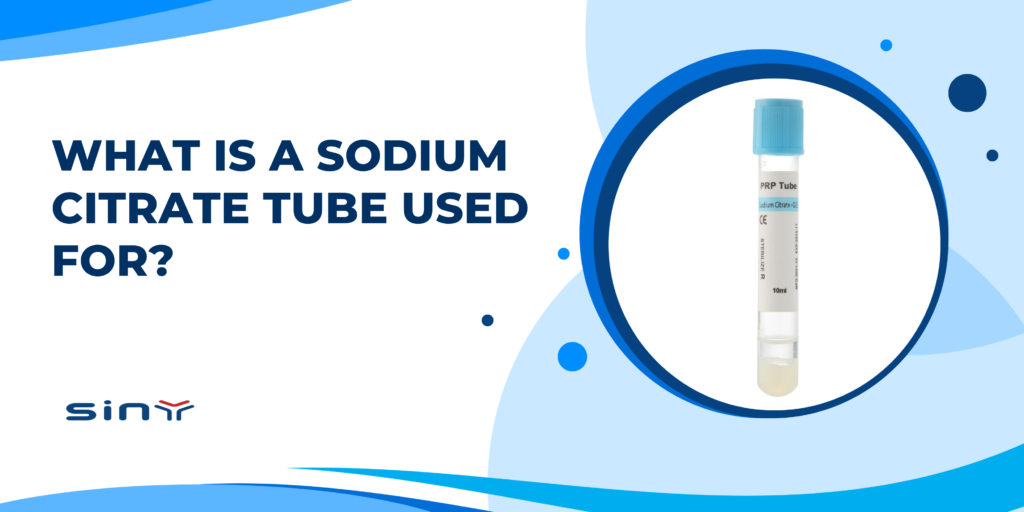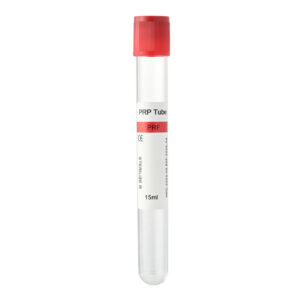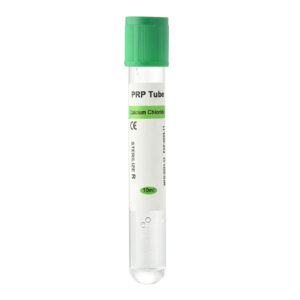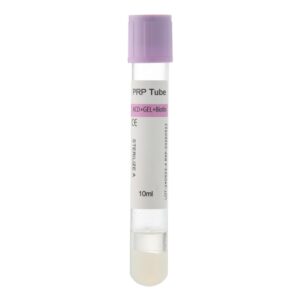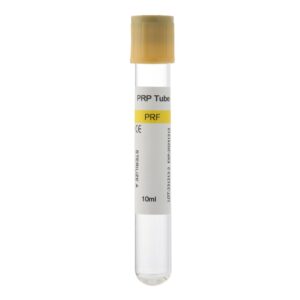What is a sodium citrate tube used for? In the demanding environment of modern medicine and aesthetics, the quality of your equipment is a direct reflection of the quality of your care. For discerning personal clinics, healthcare professionals, and medical supply distributors, navigating the vast market of consumables can be challenging. A foundational tool in any practice that deals with blood analysis or regenerative therapies is the sodium citrate tube. Understanding the purpose of a sodium citrate tube is the first step in appreciating its value, particularly in the preparation of high-quality Platelet-Rich Plasma (PRP). This guide will explore its applications and emphasize the importance of selecting a superior product from a reliable supplier. To see how premium tubes can elevate your practice, we invite you to explore the solutions at Siny PRP.
How Sodium Citrate Tubes Preserve Blood Integrity
The primary function of a sodium citrate tube, often identified by its light blue top, is to prevent blood coagulation. It achieves this through a remarkably gentle and effective mechanism. The tube contains a buffered sodium citrate solution, which acts as an anticoagulant. When blood enters the tube, the sodium citrate binds to the calcium ions in the sample. This process, known as chelation, effectively removes calcium from the equation. Since calcium is an essential factor in the blood clotting cascade, its inactivation halts the process, preserving the blood in its liquid state. This is critical for tests requiring stable plasma and is the ideal starting point for PRP preparation. For equipment designed for optimal preservation, view the advanced product line at Siny PRP.
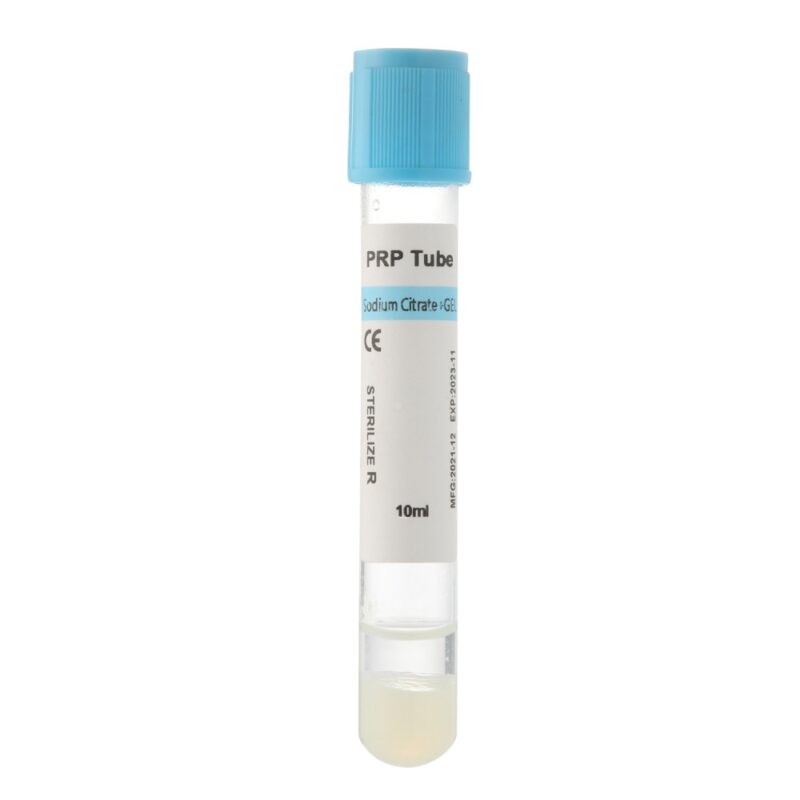
Core Applications: Coagulation Testing and Regenerative Medicine
The most traditional use for the sodium citrate tube is in clinical diagnostics for coagulation studies. Tests like Prothrombin Time (PT) and Activated Partial Thromboplastin Time (aPTT) rely on the tube’s ability to provide a stable plasma sample for analysis, which is vital for managing patients with bleeding disorders or those on anticoagulant therapy. However, its gentle action on platelets has made it the gold standard for applications in regenerative medicine, most notably for preparing Platelet-Rich Plasma. For a successful PRP treatment in aesthetics or orthopedics, the platelets must remain viable and unactivated until they are injected. The quality of the sodium citrate tube directly influences the quality and efficacy of the resulting PRP. To ensure the best therapeutic outcomes for your patients, consider the specialized tubes available at Siny PRP.
Why Quality is Non-Negotiable in Your Choice of Tube
In a clinical setting, not all blood collection tubes are created equal. The consistency and reliability of your results—whether diagnostic or therapeutic—depend heavily on the quality of the tube itself. A high-quality sodium citrate tube maintains the correct vacuum for a precise blood-to-anticoagulant ratio, ensures sterility to prevent contamination, and uses materials that don’t interfere with the sample. Inferior tubes can lead to inaccurate test results, premature platelet activation, or a lower concentration of viable platelets in your PRP, ultimately compromising patient outcomes and your practice’s reputation. Partnering with a supplier who prioritizes quality is a critical step in providing excellent care. We encourage you to learn more about our commitment to quality standards at Siny PRP.
Selecting a Supplier: Your Partner in Clinical Excellence
The sheer number of medical suppliers can make choosing the right one a daunting task. An exceptional supplier does more than sell products—they act as a partner invested in your success. A dependable partner provides products that are not only high-quality but also compliant with rigorous medical standards, such as CE and ISO certifications. This guarantees consistency across every batch, allowing you to perform procedures with confidence and deliver repeatable, effective results for your patients. Establishing a relationship with a trusted supplier is fundamental to building a reputable and successful practice.
FAQs
What is a sodium citrate tube primarily used for?
Its primary uses are for coagulation tests that assess blood clotting function and for the preparation of Platelet-Rich Plasma (PRP) by preventing the blood sample from clotting.
Why is sodium citrate the preferred anticoagulant for PRP?
Clinicians favor sodium citrate because it acts as a gentle and reversible anticoagulant that effectively preserves platelet integrity and function without causing premature activation, which is essential for the therapeutic benefit of PRP.
How does a poor-quality tube affect PRP?
A poor-quality tube can have an incorrect vacuum, leading to an improper blood-to-anticoagulant ratio. It may also contain materials that activate platelets prematurely or be non-sterile, all of which degrade the quality and safety of the final PRP product.
What should I look for in a sodium citrate tube for my clinic?
Choose tubes from a reputable supplier that ensures sterility, holds clear certifications (like CE or ISO), and specifically designs or validates them for your intended application—whether for diagnostics or PRP preparation.

